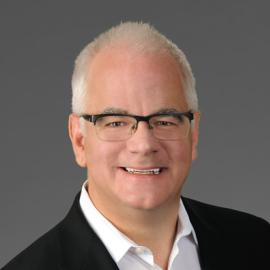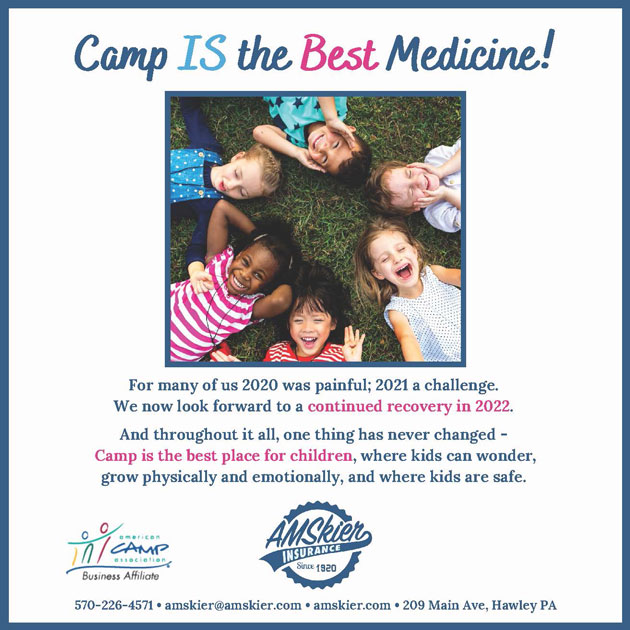
Over a meal with a business school dean friend, I recently learned about an anticipated national “demographic cliff” resulting from a significant decline in the birth rate, which began during the 2008 great recession and was exacerbated by a new birth drop of 8 percent from COVID-19 in 2020 (Schroeder, 2021). According to a 2020 study by the Brookings Institution, the national birth rate is down nearly 20 percent from 2007 to 2020 — and the prospect of it rebounding is unlikely (Kearney & Levine, 2021).
Higher education institutions are understandably concerned about the impending headwinds of this decline in 2025, when babies born in 2008 will be 17 years old. The number of public high school graduates is projected to peak and then fall off as far out as projections go (2036) (Boeckenstedt, 2022).
These trends and pandemic impacts are taking a toll on public schools, which have lost 1.2 million students since 2020. Some school systems are making difficult decisions about laying off teachers, combining classrooms, or shutting down schools (Hubler, 2022).
Furthermore, the pandemic has caused systemic burnout in many classroom teachers. In a nationwide poll of 3,621 members of the National Education Association, more than half (55 percent) said they were more likely to leave or retire from education sooner than planned because of the pandemic (Noonoo, 2022).
How can camps engage more teachers in the camp profession, either seasonally or year-round? How can we attract the best, diverse, and inclusive talent as a field poised to expand?
The demographic cliff for college-aged young adults is undoubtedly a serious concern for camps, given the staffing challenges the field has been experiencing during the pandemic. Yet camp employers have an advantage over traditional summer internships if they focus on improving and marketing the quality of their staff experiences and building a safe and equitable staff culture. To achieve this, camps must disrupt traditional year-round and seasonal staff recruitment strategies to aggressively pursue equitable access to employment opportunities for diverse staff prospects. It’s not enough to recruit diverse year-round and seasonal staff prospects. Camps must nurture a cross-culturally competent and responsive community in which all team members feel included, valued, and heard. When a diverse staff team can really connect and flourish, the entire camp benefits from their collective ideas, skills, and contributions.
Thriving staff experiences provide young adults with essential workforce development skills such as program planning, conflict resolution, and leadership. Living and working at an immersive camp offers young adults opportunities to strengthen their social-emotional skills, think critically, take positive risks, make mistakes, and build resilience. They develop confidence as they learn to lead and build community every day in an undistracted, human-skills-focused environment. These valuable skills can help students ideate and explore opportunities for inspiring and happy careers, not to mention a network of lifelong friends.
Despite the worrisome demographic trends and the challenges presented by the COVID-19 pandemic, the outlook for the field of American camp is strong. Every school-aged young person needs the essential educational and developmental benefits that camp offers each year. Although many camps have been financially battered and have suffered tremendous turnover in their senior and professional ranks, a new era of camp is upon us. The demand for summer day and overnight camps in many areas is outstanding and, in time, lagging sectors should also improve. Additionally, fall-winter-spring collaborations between camps and traditional schools are rapidly increasing. These programs can provide all school-aged young people with “campified” experiential and kinetic learning opportunities to support and expand upon their classroom instruction.
Thank you for your continued dedication and tireless leadership as we all leverage everything we’ve learned about multilayered mitigation strategies over the past two-and-a-half years to limit the transmission of COVID-19 so that children, teens, and adults can have the safe, healthy summer experiences they so need.
References
Boeckenstedt, J. (2022, March 22). Will your college survive the demographic cliff? The Chronicle of Higher Education. chronicle.com/article/will-your-college-survive-the-demographic-cliff
Hubler, S. (2022, May 17). With plunging enrollment, a ‘seismic hit’ to public schools. The New York Times. nytimes.com/2022/05/17/us/public-schools-falling-enrollment.html
Kearney, M. S. & Levine, P. (2021, May 24). Will births in the US rebound? Probably not. Brookings. brookings.edu/blog/up-front/2021/05/24/will-births-in-the-us-rebound-probably-not/
Noonoo, S. (2022, May 2). The mental health crisis causing teachers to quit. EdSurge. edsurge.com/news/2022-05-02-the-mental-health-crisis-causing-teachers-to-quit
Schroeder, R. (2021, May 19). A second demographic cliff adds to urgency for change. Inside Higher Ed. insidehighered.com/digital-learning/blogs/online-trending-now/second-demographic-cliff-adds-urgency-change




